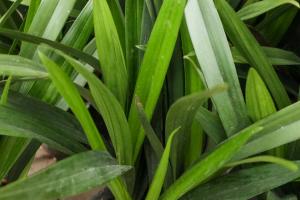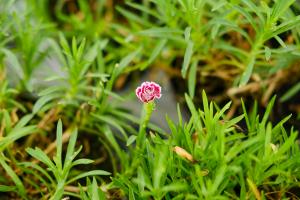How to Make a Start off a Rubber Tree Plant
If you're interested in growing rubber trees, starting from a cutting or "making a start" is one of the easiest ways to get your project going. All you need to do is follow a few simple steps, and you'll have a new plant in no time. Here's how to make a start off a rubber tree plant.
Step One: Obtain a Cutting
The first step in making a start off a rubber tree requires obtaining a cutting from a healthy, established plant. You can take a cutting from the tip of the rubber tree, making sure it includes at least one node. Nodes are bumps along the stem where leaves emerge, and they're crucial to the cutting's growth.
Step Two: Prepare the Cutting
After you've obtained the cutting, it's time to prepare it for planting. Remove any leaves from the bottom two-thirds of the cutting, leaving the top leaves intact. This will give the cutting the best chance of forming roots.
Step Three: Rooting Hormone
A rooting hormone can help your cutting establish roots more easily. Dip the end of your cutting into rooting hormone, coating the bottom third of the cutting.
Step Four: Choose a Pot
Choose a small pot with good drainage for your cutting. The pot should be big enough to fit the cutting and some soil, but not so big that it will make it hard for the cutting to develop roots. Fill the pot with well-drained soil, leaving about an inch of space at the top.
Step Five: Plant the Cutting
Make a hole in the center of the soil and insert your cutting, making sure to press the soil firmly around it. Water your cutting and place it in a warm, bright location that receives indirect sunlight.
Step Six: Ensure Humidity
Rubber trees require humid conditions to grow, so it's important to keep the pot covered with a plastic bag to trap in moisture. You can remove the bag once the cutting is established and growing well.
Step Seven: Care for Your Cutting
During the first few weeks, your cutting will require extra care and attention. Keep the soil moist (but not wet), and make sure the cutting is receiving enough light. Avoid placing the cutting near air vents or drafts, as this can cause the cutting to dry out.
After a few months, your rubber tree cutting should be well established and ready to be transplanted to a bigger pot. Keep providing it with the right care, and you'll have a beautiful and healthy rubber tree for years to come.

 how many times do yo...
how many times do yo... how many planted tre...
how many planted tre... how many pine trees ...
how many pine trees ... how many pecan trees...
how many pecan trees... how many plants comp...
how many plants comp... how many plants can ...
how many plants can ... how many plants and ...
how many plants and ... how many pepper plan...
how many pepper plan...































